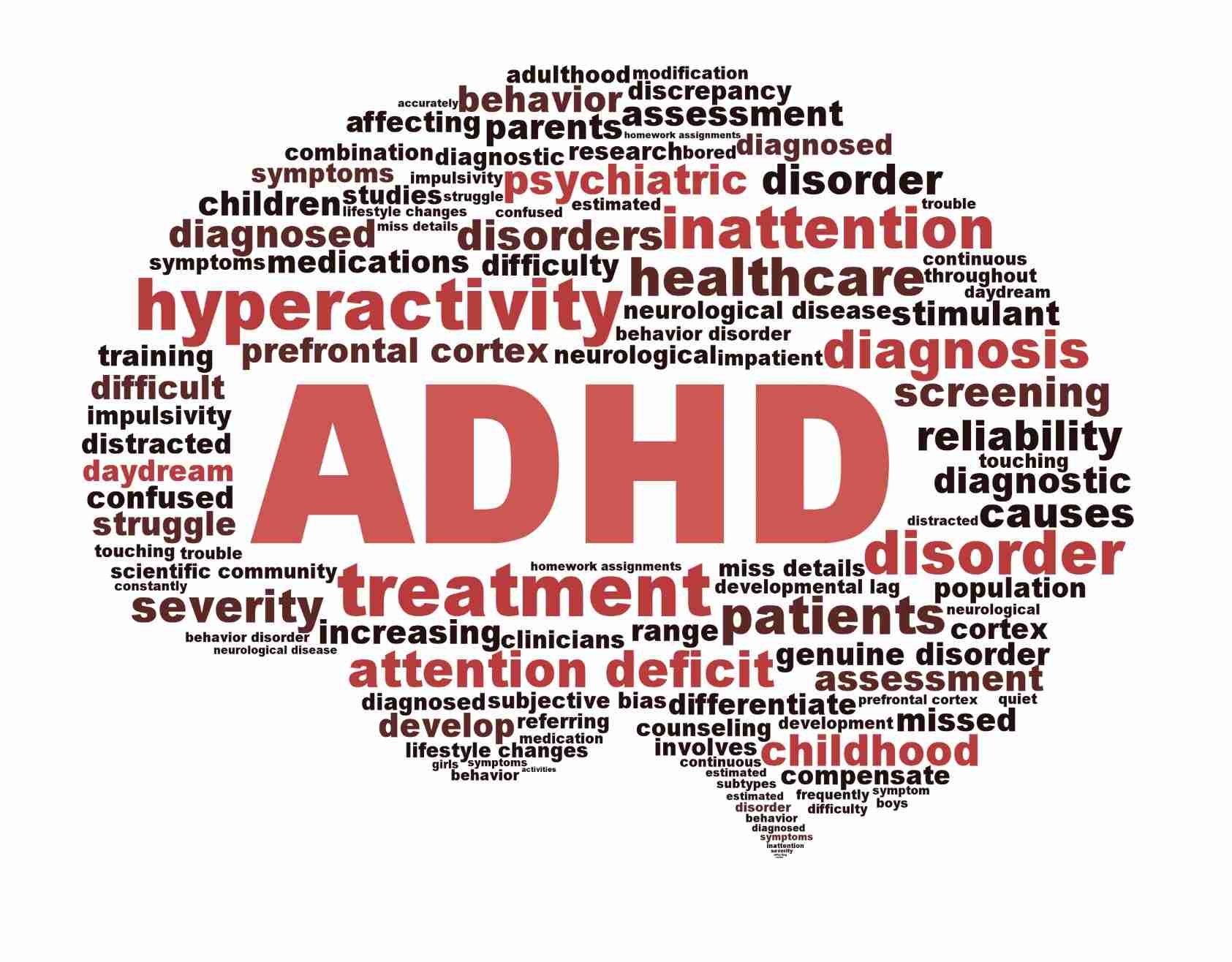
Attention-Deficit/Hyperactivity Disorder (ADHD) has long been a subject of scrutiny, with its complexities and challenges often overshadowing the strengths and potential of those affected by it. However, as we stand on the brink of a new era, there is a growing recognition of ADHD as not just a disorder, but a unique neurodiversity that offers fresh perspectives and untapped talents. In this article, we explore the dawn of new perspectives on ADHD, shedding light on the evolving understanding of the condition and its implications for individuals, families, and society as a whole.
Redefining Neurodiversity
Neurodiversity is a concept that celebrates the natural variation in human cognition and behavior, recognizing that differences in brain function contribute to the richness and diversity of human experience. Historically, neurodiversity has encompassed conditions such as autism, dyslexia, and ADHD, among others. However, there has been a shift in perception, with increasing emphasis on reframing ADHD not as a deficit or disorder, but as a unique cognitive style with its own strengths and challenges.
Strengths-Based Approach
One of the hallmarks of the new perspective on ADHD is the adoption of a strengths-based approach that focuses on identifying and harnessing the strengths and talents of individuals with ADHD. Rather than viewing ADHD solely through the lens of deficits and impairments, this approach acknowledges the inherent strengths of ADHD, such as creativity, innovation, and hyperfocus. By recognizing and nurturing these strengths, individuals with ADHD can leverage their unique abilities to achieve success in various domains of life.
Hyperfocus and Creativity
Hyperfocus, a state of intense concentration and absorption in a task of interest, is a hallmark feature of ADHD that has been increasingly recognized as a valuable asset. While hyperfocus can sometimes be seen as a hindrance, leading to difficulties in shifting attention or completing tasks, it can also be a powerful tool for productivity and creativity. Many individuals with ADHD report experiencing periods of intense focus and productivity when engaged in activities that capture their interest, leading to innovative ideas and solutions.
Innovation and Entrepreneurship
The entrepreneurial world is ripe with examples of individuals with ADHD who have thrived in environments that value creativity, risk-taking, and out-of-the-box thinking. Research suggests that individuals with ADHD may be more likely to pursue entrepreneurial ventures and excel in roles that require adaptability, problem-solving, and rapid decision-making. Their ability to think on their feet, multitask, and thrive in dynamic environments can be valuable assets in industries such as technology, entertainment, and entrepreneurship.
Alternative Perspectives on Success
The traditional markers of success, such as academic achievement and career advancement, may not always align with the strengths and abilities of individuals with ADHD. However, there is a growing recognition of alternative pathways to success that value creativity, passion, and resilience. Rather than adhering to conventional norms and expectations, individuals with ADHD are forging their own paths, pursuing careers and endeavors that align with their interests, values, and strengths.
Navigating Challenges
While the strengths-based approach offers a refreshing perspective on ADHD, it is essential to acknowledge and address the challenges and difficulties that individuals with ADHD may face. Executive dysfunction, difficulties with time management and organization, and impulsivity can pose significant barriers to academic and occupational success. Additionally, comorbid conditions such as anxiety, depression, and learning disabilities may further complicate the picture. By providing support, accommodations, and resources, individuals with ADHD can learn to navigate challenges and capitalize on their strengths.
Education and Advocacy
Education and advocacy play crucial roles in promoting awareness, understanding, and acceptance of ADHD as a valid and valuable form of neurodiversity. By challenging stereotypes and dispelling myths surrounding ADHD, we can foster a more inclusive and supportive environment for individuals with ADHD to thrive. Educators, healthcare professionals, employers, and policymakers all have a role to play in creating environments that accommodate and celebrate neurodiversity, ensuring that individuals with ADHD have equal opportunities to reach their full potential.
Cultural Shifts
As attitudes toward ADHD continue to evolve, there is a growing cultural shift toward embracing neurodiversity and celebrating the unique talents and perspectives of individuals with ADHD. Media representation, advocacy campaigns, and grassroots initiatives are raising awareness and promoting acceptance of ADHD as a valid and valuable form of diversity. By challenging stigma and fostering a culture of inclusivity and acceptance, we can create a world where individuals with ADHD are valued for their contributions and celebrated for their strengths.
Conclusion
The dawn of new perspectives on ADHD heralds a transformative shift in our understanding of neurodiversity. By reframing ADHD not as a deficit or disorder, but as a unique cognitive style with its own strengths and challenges, we can unlock the potential of individuals with ADHD and empower them to thrive. Through a strengths-based approach, we can harness the creativity, innovation, and hyperfocus of individuals with ADHD to drive positive change and innovation in various domains of life. As we embrace neurodiversity and celebrate the unique talents and perspectives of individuals with ADHD, we pave the way for a more inclusive and equitable society where everyone has the opportunity to shine.